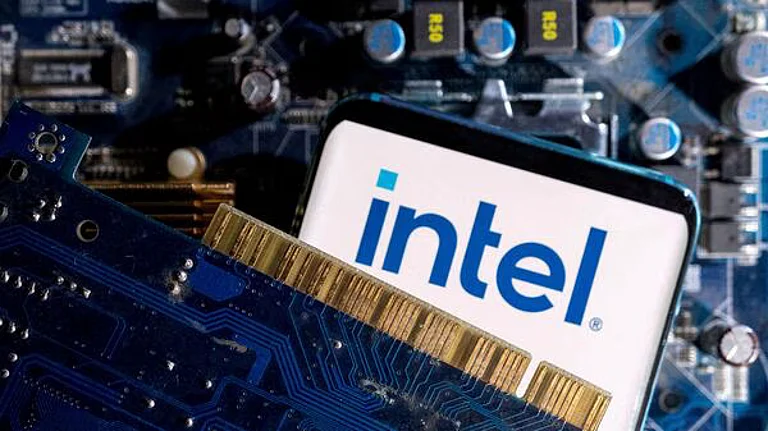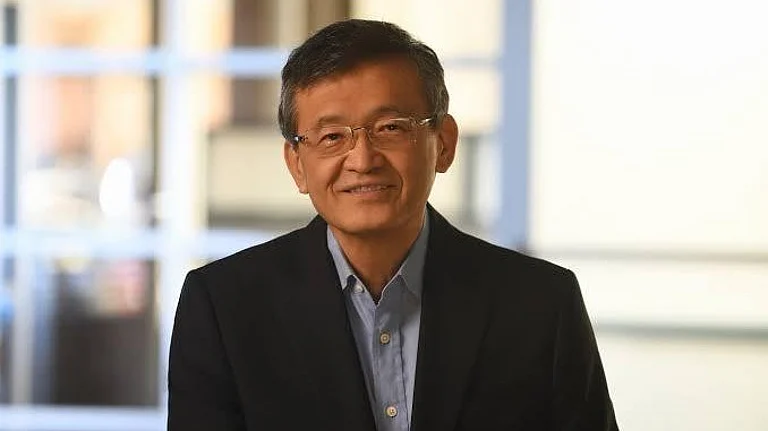Intel trimmed its core workforce by nearly 15% in the second quarter of the financial year 2025. The American chipmaker said the move aligns with its strategy to create a faster-moving and flatter organisation. The development comes around a time when the American chipmaker is facing stiff competition from Nvidia.
As of December 2024, Intel’s headcount stood at 109,800, with around 99,500 of them classified as ‘core employees. The chipmaker has planned to end this fiscal year with 75,000 employees.
“Intel has completed the majority of the planned headcount actions it announced last quarter to reduce its core workforce by approximately 15%. These changes are designed to create a faster-moving, flatter and more agile organisation,” said Intel in a statement on Thursday. “Intel plans to end the year with a core workforce of about 75,000 employees as a result of workforce reductions and attrition,” the American chipmaker added.
In June, the company closed its automotive chipmaking business and consequently laid off over 20% of the silicon factory workers.
Commenting on the development, Intel’s CEO in the earnings call on Thursday said the company had overinvested in new factories before it had bagged sufficient demand, and these facilities had become “needlessly fragmented” adding troubles for the already struggling giant.
“I do not subscribe to the belief that if you build it, they will come. Under my leadership, we will build what customers need when they need it, and earn their trust,” Tan said.
The decision to reduce the core employee strength is one of the most crucial moves made by the newly appointed Intel CEO Lip-Bu Tan to regain the giant’s dominance in the tech industry. The 65-year-old Tan was appointed as the CEO in March this year at a time when Intel is said to be going through the worst crisis since its formation, primarily as it is struggling to keep pace with its rival Nvidia in the AI-driven semiconductor race.
The American chipmaking giant is “nearing an existential crisis”, Reuters reported earlier, citing Bernstein analyst Stacy Rasgon.
































